Even the Greatest of Us Have an Off Year…
After nearly 70 years in the limelight, the Corvette has seen immense changes of literally every facet and nuance of its design. This level of change has been a necessity to remain competitive in the sports car market as it is impacted by the ever-changing sands of time. This 60 plus year iconic run has seen the Corvette grow into its role as a strategically performance-minded car, face the adversity that came with the onset of ever stringent emission standards, and weather the storm of recession and uncertain economic times.
As with any model of a production vehicle, changing times have not always been flattering to the Corvette, and the flagship model has faced its share of criticism and skeptics as the years have passed. Although there has been a great deal of undeniably magnificent Corvettes that have obtained instant classic status, there are also several that are probably best forgotten. However, for the sake of nostalgia, here are some of the absolute worst Corvettes ever made.
Note: this list was hard to create, if only because we’re talking about nitpicking what is objectively one of the best performance cars to come out of North America. Do you agree with our picks – if you had to pick 15 of the worst of the best, what would you choose?
1953 C1 Corvette
It is almost painful to admit, but upon the Corvette’s launch in 1953, there was a lot of room for improvement. Not only is this a consensus among many, but sales numbers also reflect accordingly. The 1953 Corvette came within a stone’s throw distance from being a commercial failure right out of the gate. One of the most commonly cited reasons for the early Corvette’s woefully inadequate sales stems from its lackluster power plant. The Corvette’s original “Blue Flame” engine and the modest 150 HP that it produced left many consumers wishing for more pedal. Other criticisms include the use of repurposed sedan suspension components that left owners with a less than desirable level of ride quality, and a nasty reputation for a lack of workmanship upon assembly.
1954 C1 Corvette
The 1954 Corvette featured essentially the same shortcomings as the year prior. Sedan quality suspension led to poor ride quality, fit and finish issues continued to plague the Corvette, and the “Blue Flame” power plant didn’t exactly light a fire underneath the car in which it was fitted. Luckily, change was just around the corner. 1955 saw the introduction of the 265 cubic-inch V8 that rendered a 195 HP output. If it had not been for the introduction of such an option, the Corvette would have not likely survived the poor showing during its first two years of production.
1958 C1 Corvette
If you are immensely fond of chrome, you will likely find the 1958 Corvette to be one of your favorite year models in the iconic car’s nearly 70-year run. If this is not the case, you likely cannot stand the sight of it for more than two minutes without developing a profuse headache. As Harley Earl’s career with the GM design department was coming to a close, he decided that his last Corvette project would be one of much shiny splendor. However, although noble in theory, the lengthy list of chrome appendages was overwhelming, to say the least. The 1958 Corvette featured sizable chrome wrap-around bumpers, an over-the-top chrome grill, and chrome strips running rearward down the fenders from the headlights. Then there was the issue of the headlights. It was decided that a four-headlight design would be included in the 1958 Corvette, which did not receive much fanfare. These headlights were set in bezels with a coating of … you guessed it, chrome.
1975 Base Model Corvette
The 1975 Corvette base model is an unfortunate story of the onset of stringent emissions standards choking the life out of a true icon car. The transition from 1974 to 1975 was quite painful to watch for Corvette faithful. Within this time, the big-block offerings of the past were no more, and in another move to meet the emission standards of the day, the Corvette’s small-block power plant was nearly stifled into non-existence. In 1975 the ZQ3 engine was redesigned for a compression reduction of half a point and was simultaneously outfitted with catalytic conversion. This reduced their output to a measly 165 HP. This is especially hard to bear when stopping to consider that upon the Corvette’s launch in 1953, the “Blue Flame” was turning out approximately 150 HP, only 15 HP less than its 1975 counterpart over two decades its junior.
1979 L48 Corvette
The 1979 Corvette outfitted with the L48 engine was another prime example of just how negatively a performance-minded vehicle can be affected when emission standards are suddenly thrown into the mix. Absent were the 400 plus horsepower offerings of the 1960’s. In their place stood the L48 and its mind-numbingly sub-par 195 HP output. To make matters worse, the 1979 Corvette was often seen as a neglected year model, due to the eagerness of GM development and design staff to perfect the brand’s next-generation offering. Among the complaints related to this was the outdated and less than eye-appealing interior that was utilized during the 1979 production year.
1980 California 305 Corvettes
Oh, the poor 1980 Corvette: as if emissions standards didn’t hit the country’s automotive industry hard enough, the state of California decided not to leave well enough alone. Because of this, the 5.7L/350 cubic-inch, four-barrel power plant that had been standard was eliminated in favor of a drastically underwhelming 5L/305 cubic-inch alternative. This smaller displacement engine alternative only cranked out a mere 180 HP, which makes for a less than noteworthy driving experience. To make matters worse, the 4-speed manual transmission was no longer available for California based emissions Corvettes. Instead, it was replaced with a 3-speed turbo-hydromatic.
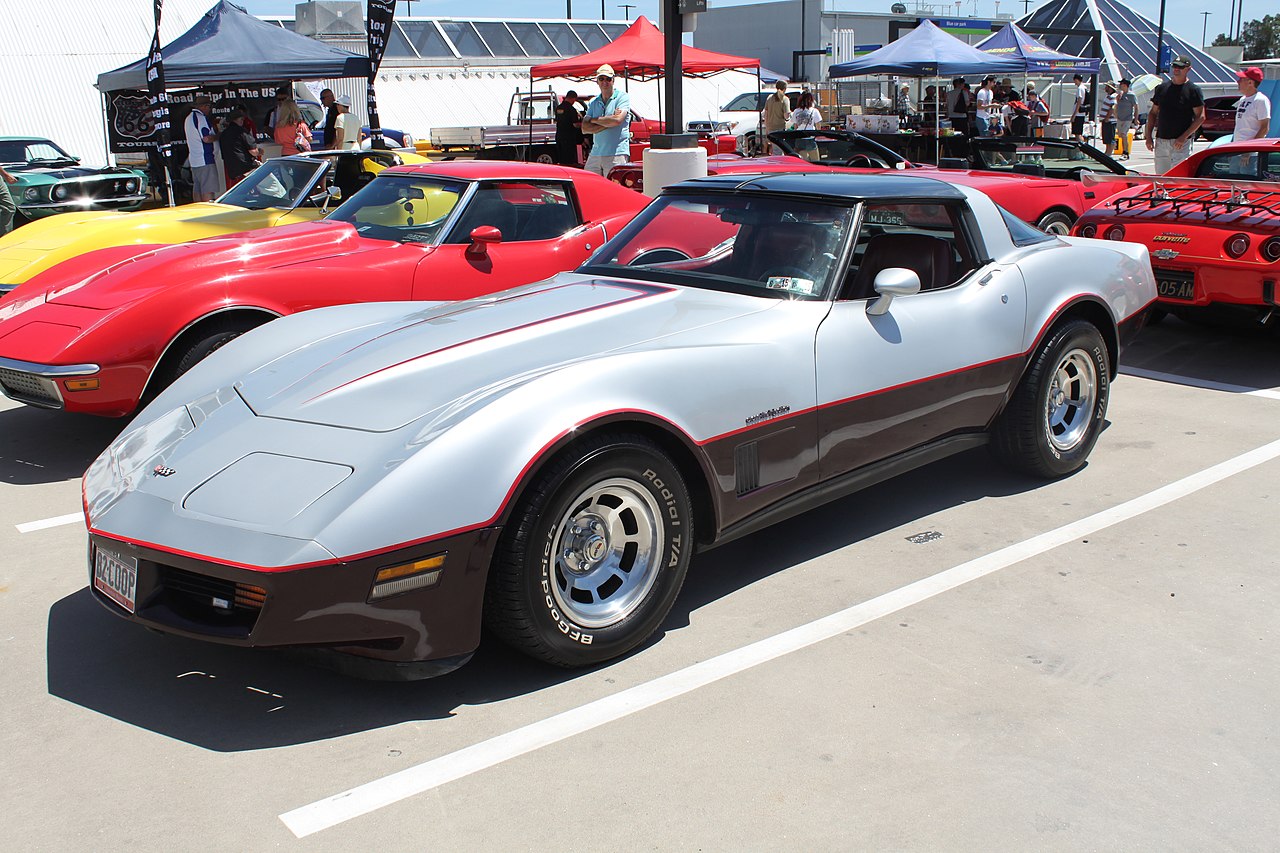
1982 C3 Corvette
By 1982, the C3 had more than ran its course. With GM design and development teams hard at work on the upcoming C4, the continued development of the C3 wasn’t exactly at the top of anyone’s priority list. This quickly became apparent as several relatively uninspired cars came out of the last several years of C3 production. However, the only thing any worse than not giving the third-generation Corvette the level of attention that it so desperately needs, is using it as a guinea pig to test out GM’s new Cross-Fire Injection system, and discontinuing the car’s manual transmission option. This is exactly what GM decided to do with the 1982 Corvette. This resulted in a less than overwhelming 200 HP showing.
1988 Commemorative Edition Corvette
Much like the disdain associated with the off-putting effects of chrome overload that is often associated with the 1958 Corvette, its 1988 Commemorative Edition counterpart was plagued by an intense overload of the color white. It wasn’t just the car’s body that featured this white color scheme. It was almost anywhere on the vehicle that you could think to look. The 1988 Commemorative Edition featured white paint, white upholstery, white door panels, and a white steering wheel. In case you felt as if the car could use a little more white, the rims were painted white as well.
1987 Callaway Twin Turbo Corvette
Although the purchase of a twin-turbo powered Corvette undoubtedly sounded enticing to consumers in 1987, it would have been a purchase that could have very possibly led to regret. As noble as this configuration sounded, the truth was that it was extremely failure-prone. Even under standard operating conditions, the twin-turbo always seemed as if on the verge of failure. To make matters worse, this additional level of output strained nearly every component within the engine bay and beyond. With the Callaway Twin-Turbo Corvette, it wasn’t a matter of if a component would fail; it was a question of when.
1984 Corvette
As highly anticipated as the 1984 Corvette’s release was, the reality was that many consumers were left wondering what all of the commotions had been about. Many individuals were quick to criticize the C4’s lack of defined body lines. The 1984 Corvette also featured Cross-Fire Fuel Injection technology. Unfortunately, downtime for repairs was frequent with this system and reliability was less than one would have hoped for. Perhaps the biggest complaint with the 1984 Corvette was its poor ride characteristics. Many consumers stated that there was little enjoyment to be had when driving their 1984 Corvette on a day-to-day basis.
1974 LS4 454 Corvette
By 1974, the Corvette’s big-block line of engines had begun to lose their superiority over their small block brethren. As emissions crackdowns stifled the capabilities of the market’s highest output offerings, the horsepower gap had almost completely closed between the Corvette’s small and big block offerings and consumers began to openly criticize the LS4 454’s performance. By 1974, the LS4 was only posting a 20 horsepower edge over the L82. This relatively low divide in horsepower between big and small block offerings led many individuals to shun the less than ideal handling characteristics of the big block due to its sheer size and weight.
1971 C3 Corvette
Things had quickly become stagnant for the Corvette during the 1971 production year. Due to the United Auto Workers labor dispute of May 1969, production of the 1969 Corvette extended two months past the date that was initially intended. This also shortened the 1970 production year by four months. Because of this, Chevrolet executives decided that 1971 should be an extension of the 1970 production year. The result of this chain of events was a 1971 model year Corvette that went virtually unchanged in relation to the prior year’s offering. This limited the buzz around the 1971 Corvette, due to a relatively low-level of enthusiasm toward the above mentioned 1970-model year extension and the lack of change that accompanied it.
1977 C3 Corvette
The 1977 C3 gains its rightful spot on this list for more than one reason. The 1977 Corvette went essentially unchanged in relation to its prior rendition from the year before. The only major exception to this was reworked luggage and roof racks. The 1977 year model also fell prey, like so many other offerings of that era, to emission-related power production woes. Additionally, the year’s only other significant change, in the form of glass panels that corresponded to the vehicle’s T-top, was canceled mid-production year due to a sales rights dispute with the manufacturer of the panels in question. Between the unimpressive 180 and 210 HP engine options, and its virtually unchanged profile, the C3, was a fairly unremarkable specimen within the Corvette’s lengthy history.
1995 Corvette Pace Car Replica
After the Corvette was chosen as the pace car for the 1995 Indianapolis 500, GM decided that the production of a limited number of replicas for public purchase was in order. There was nothing of much relevance to complain about in regards to the pace car’s mechanical functionality. However, these replicas most often drew attention for the paint scheme that was applied to them. With a color scheme that features variants of the colors white, purple, red, and black, many were left to scratch their heads in curiosity as to just what this paint scheme was attempting to represent. No matter where you stand on the replicas yourself, I think we can all agree that they are not likely to win a cash prize in a beauty contest anytime soon.
1998 Corvette Pace Car
Just when you thought that the 1995 Indianapolis 500 pace car took the cake for the car most likely to look like an over the top Hot-Wheel, along came the 1998 pace car to steal the thunder. It appears that whoever headed up the design team for the year’s pace car was highly fond of the color yellow. The car’s already head-turning (not for the right reasons) paint job was perfectly complemented by the design team’s choice of the color yellow for the vehicle’s upholstery and rims. This car is often given the title of the Corvette’s “ugliest model.”


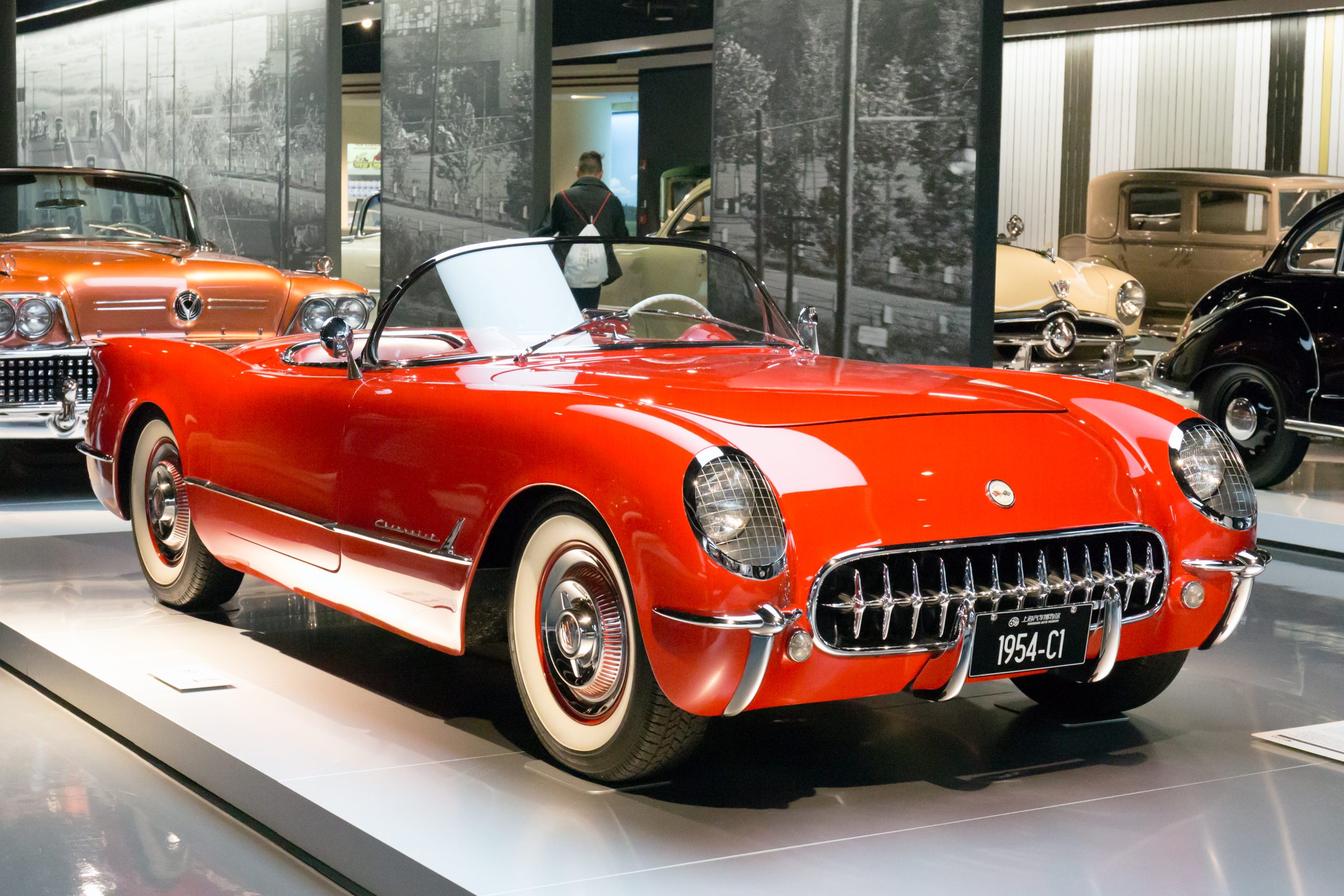
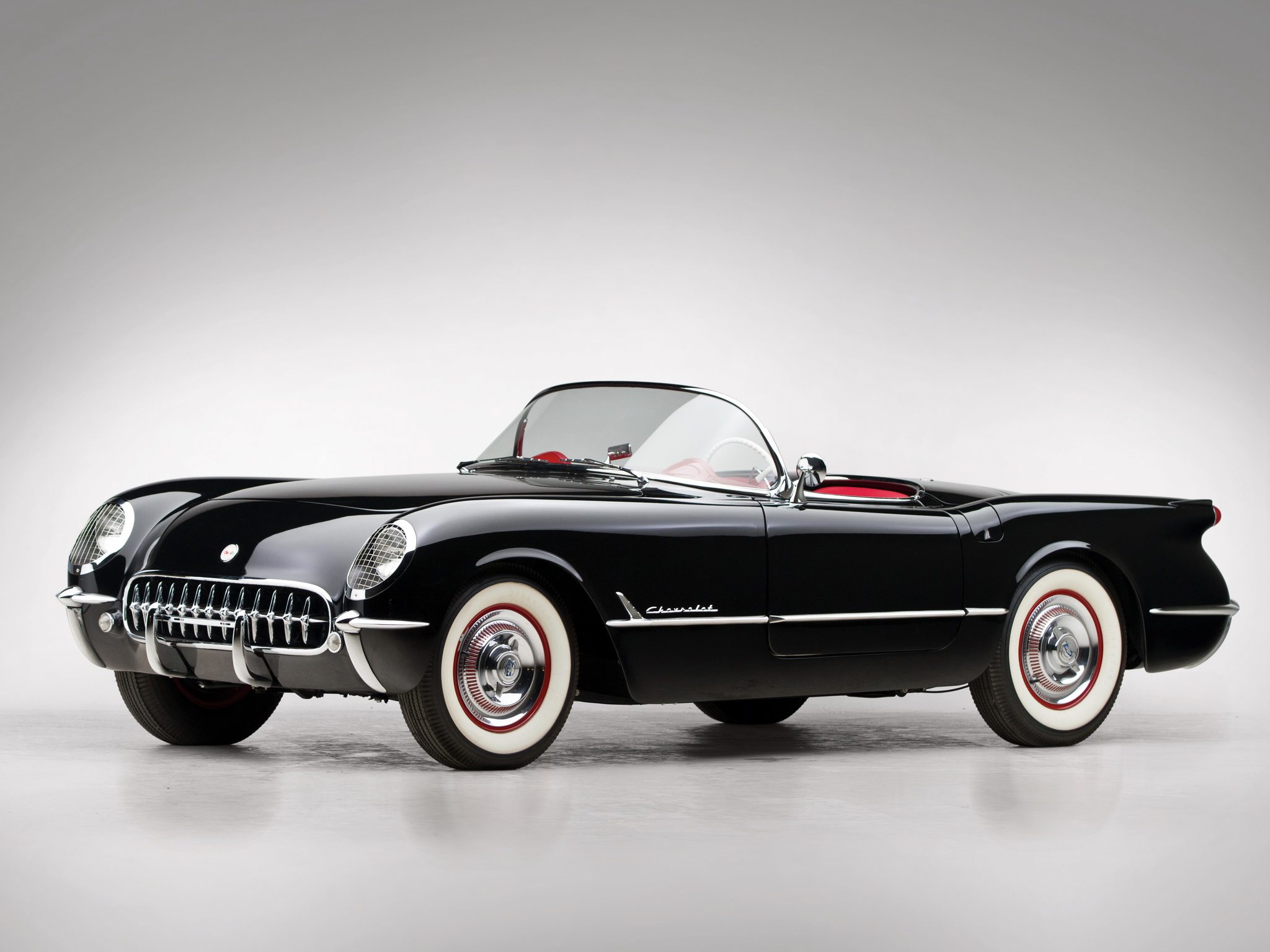
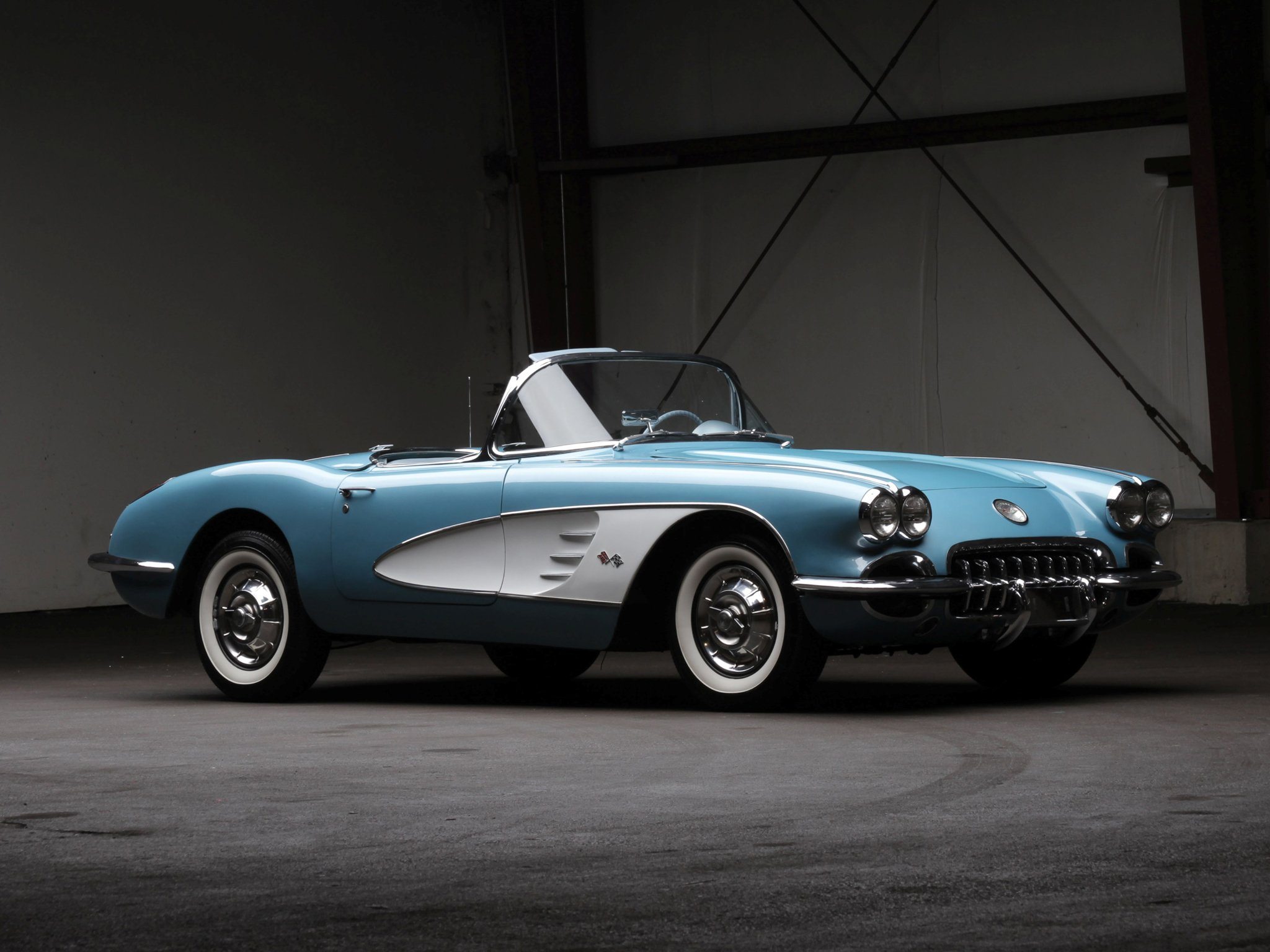
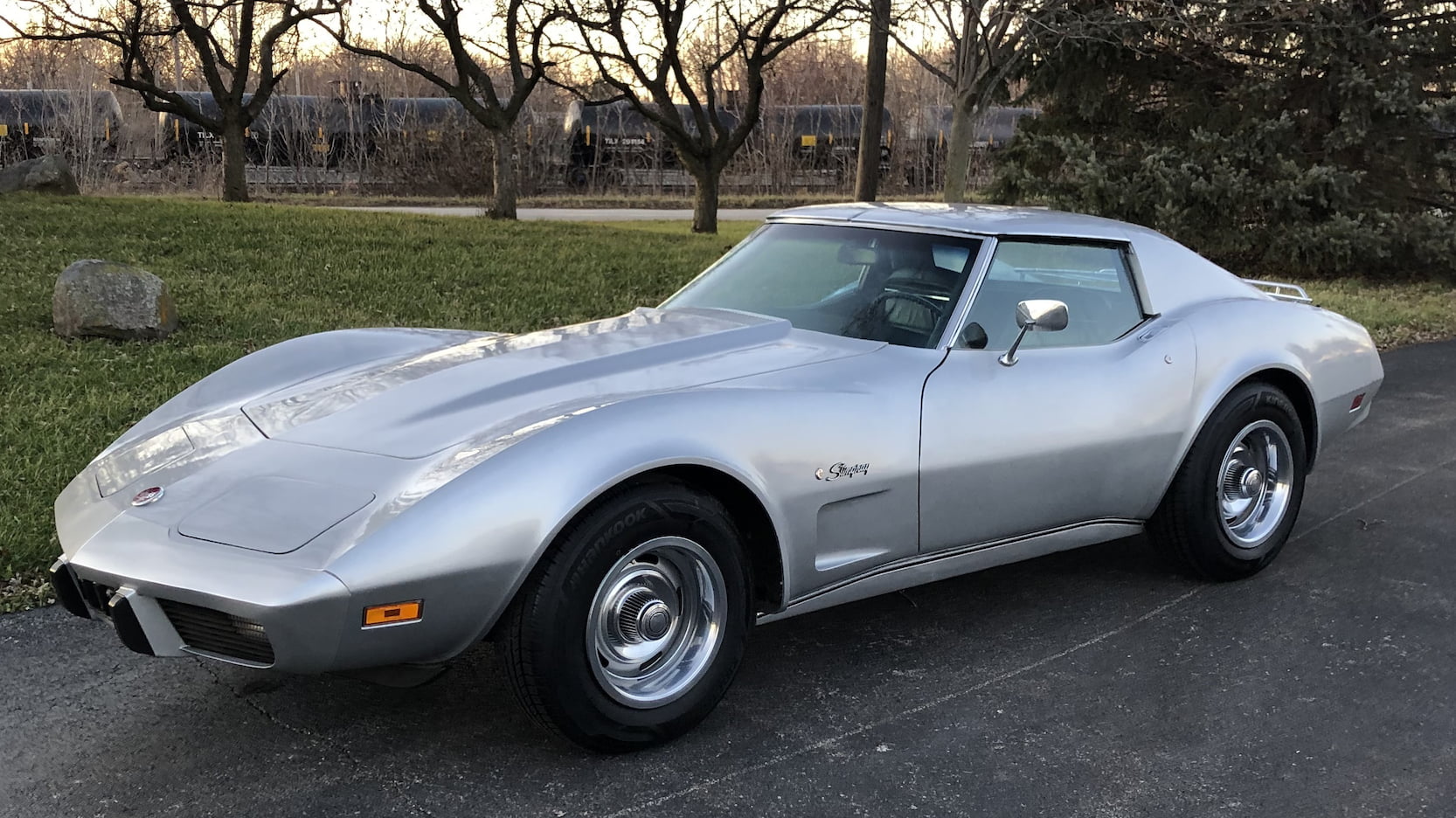
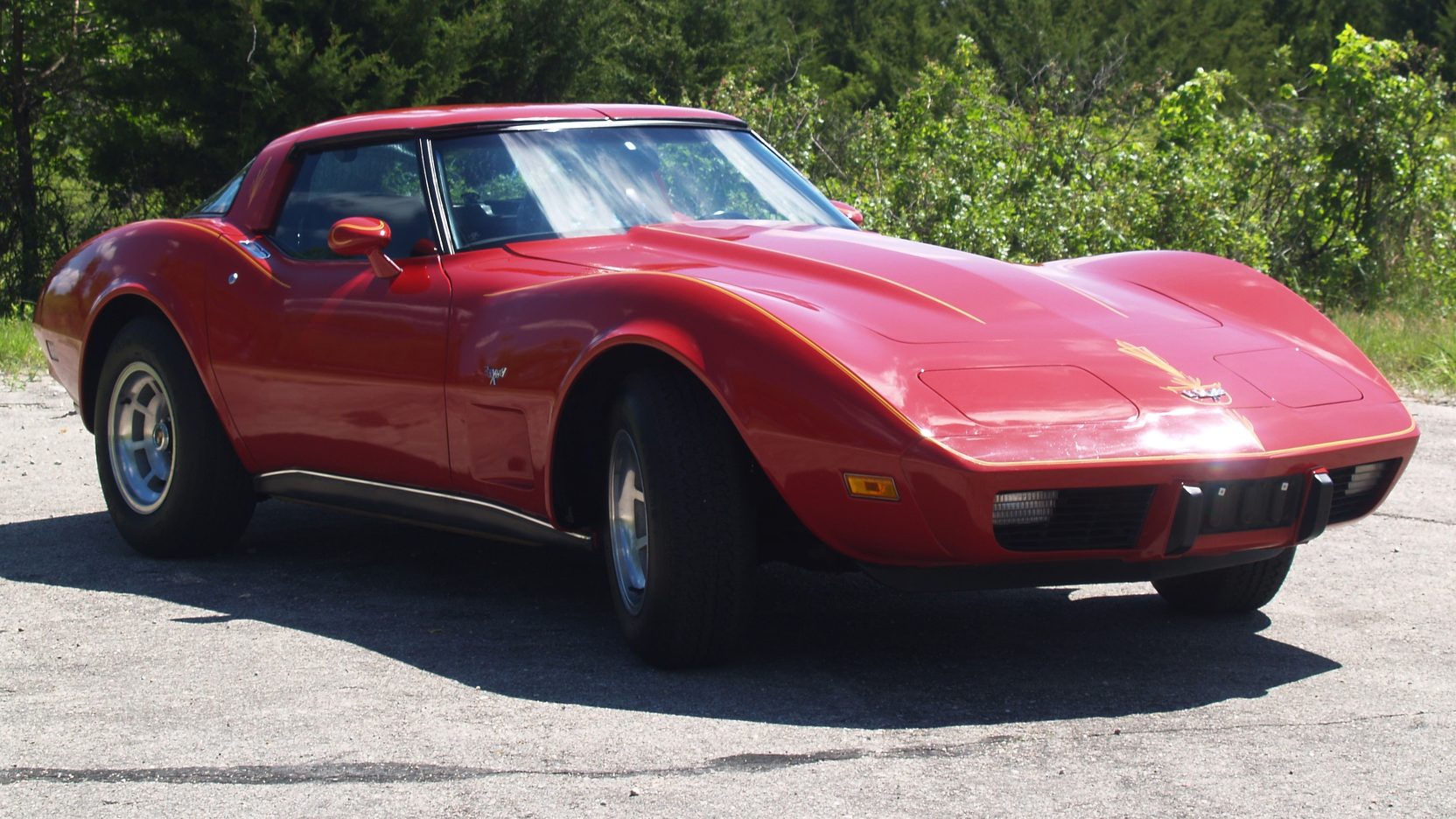
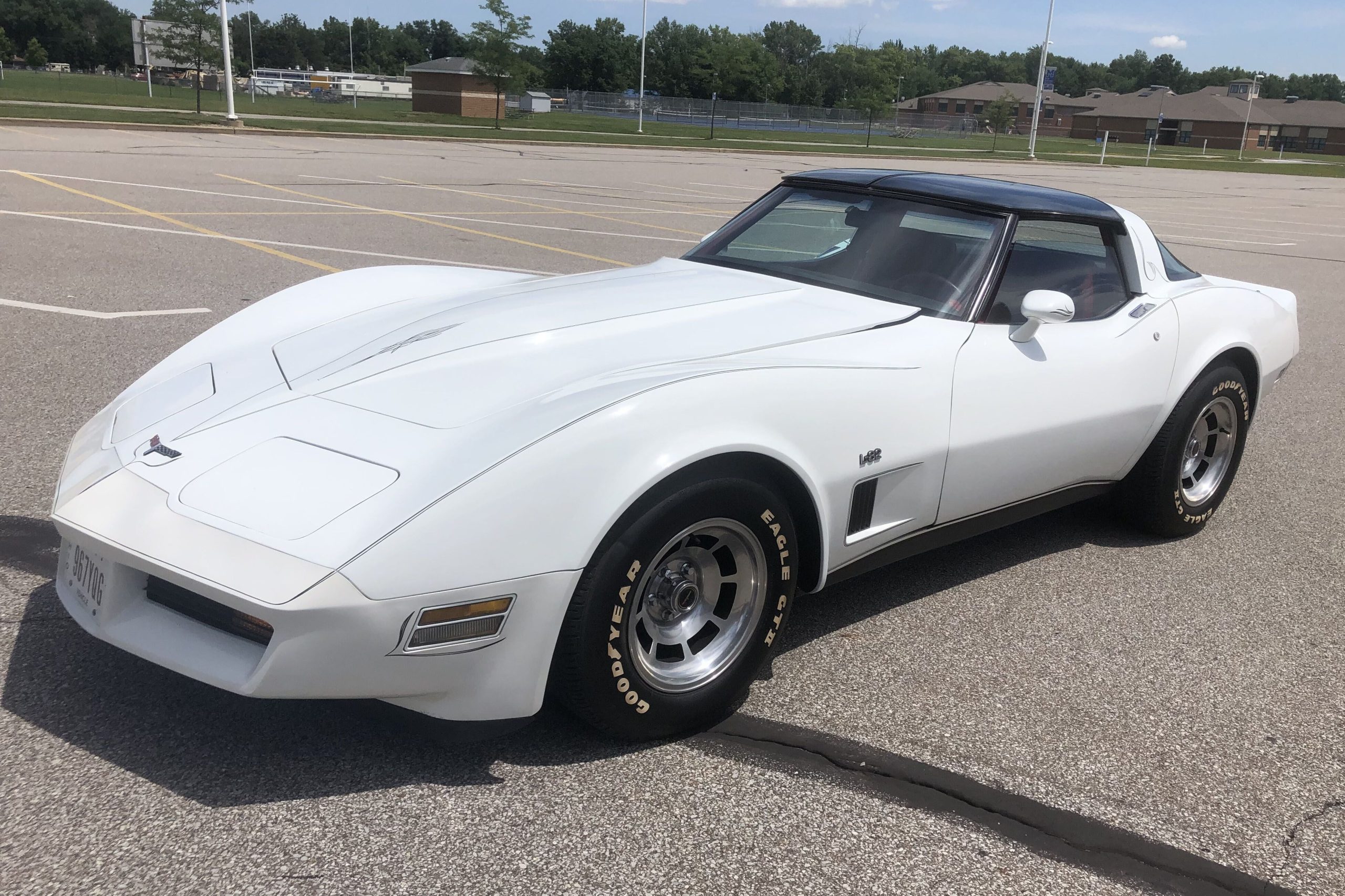
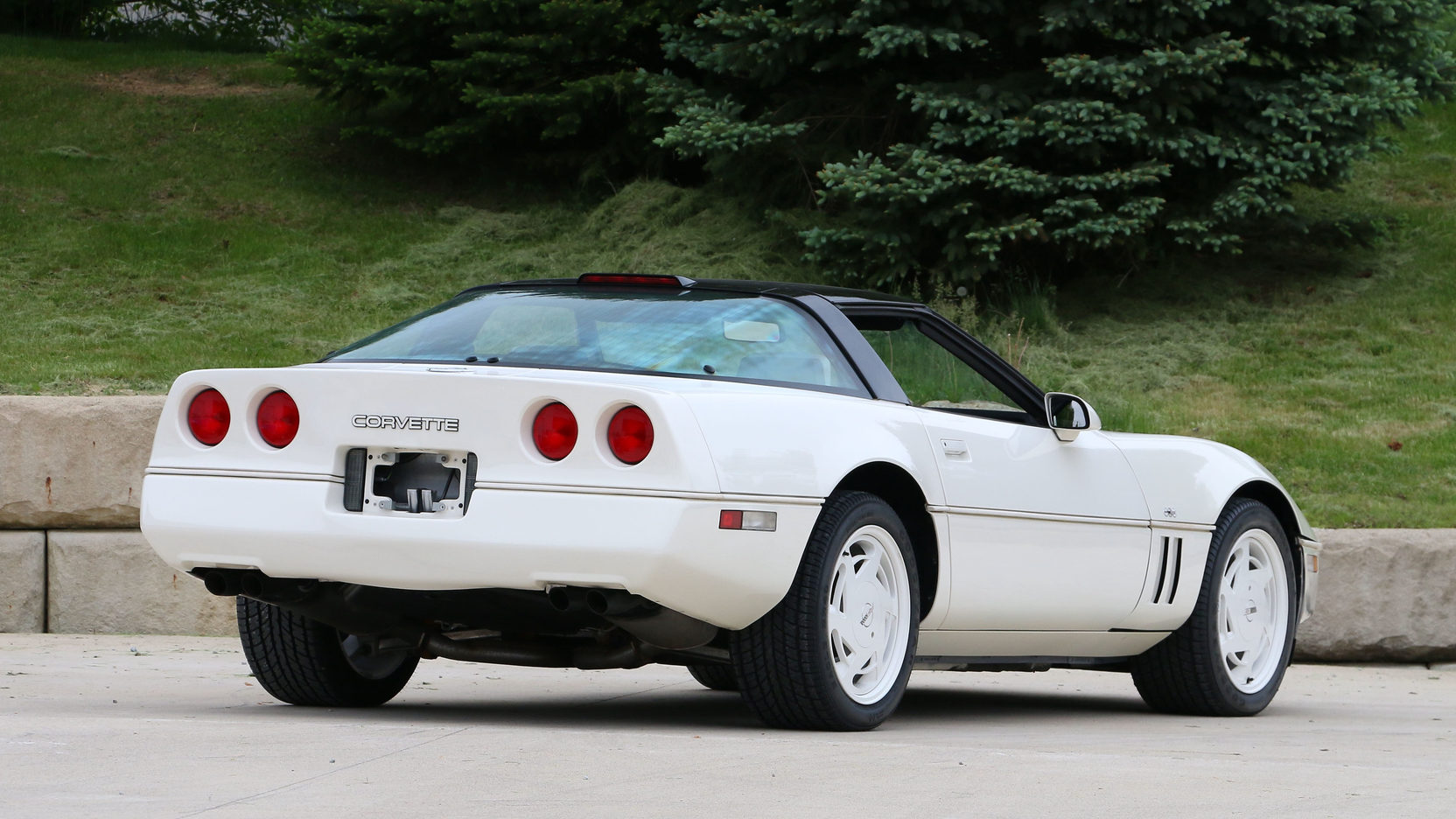
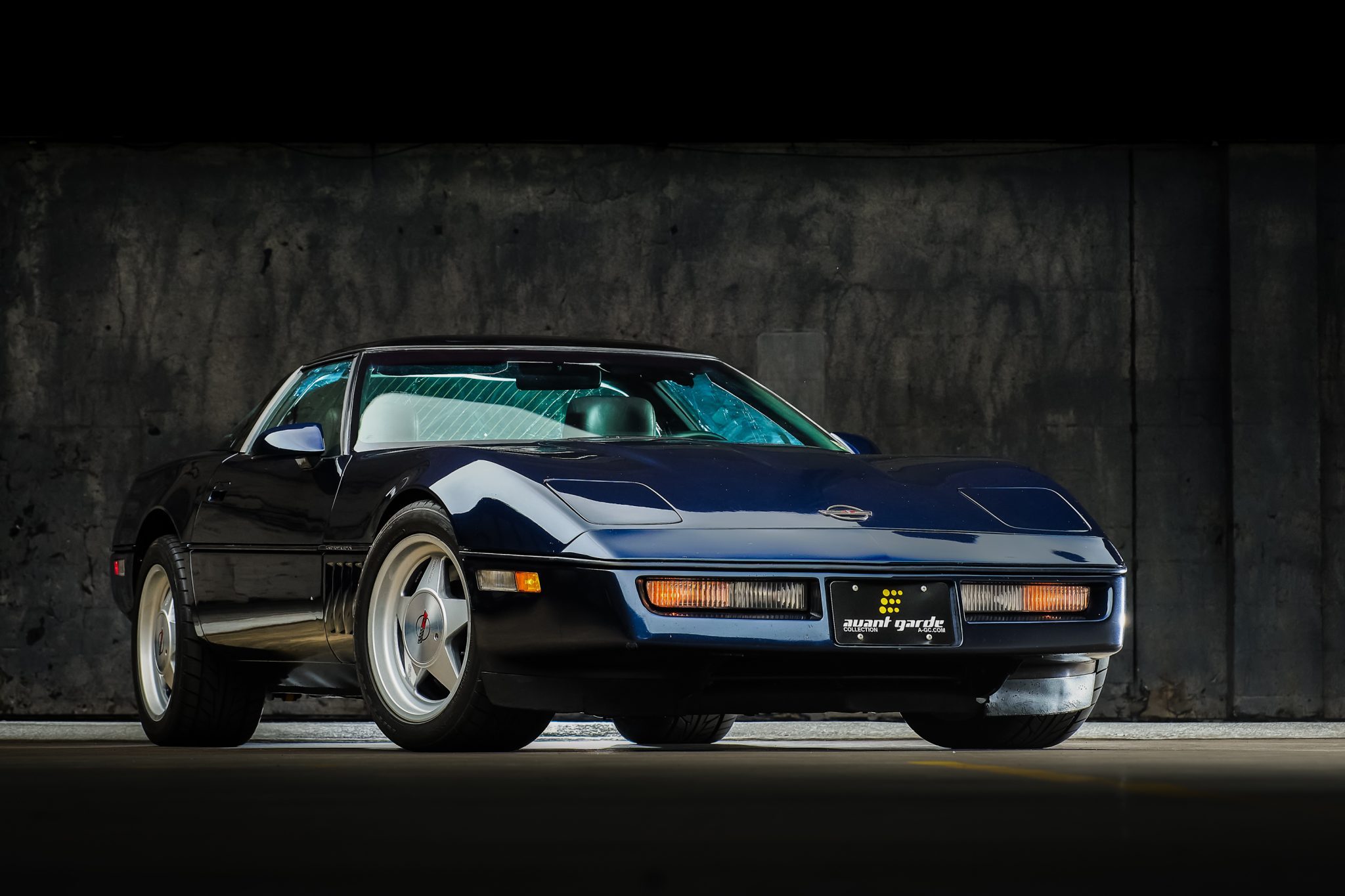
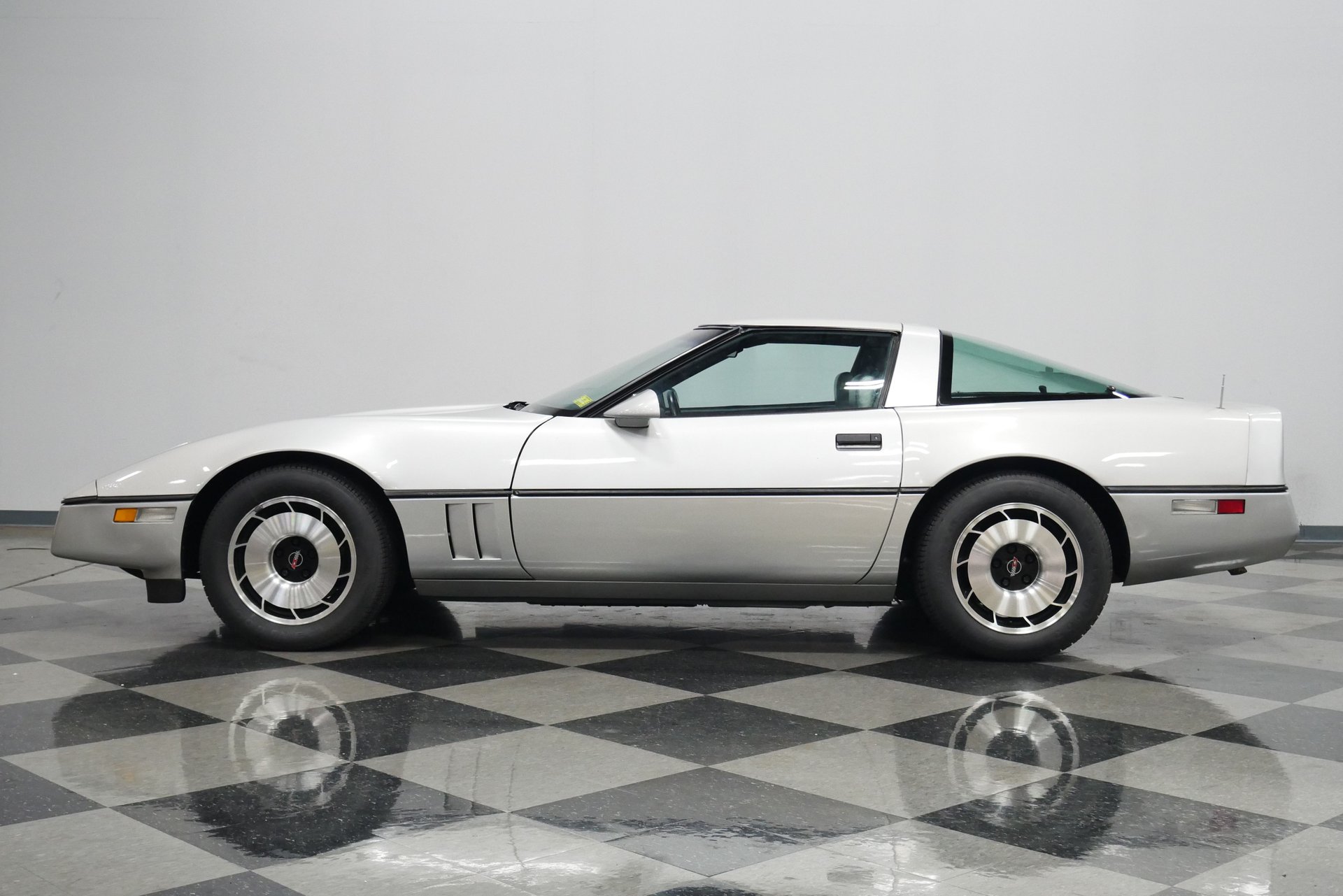
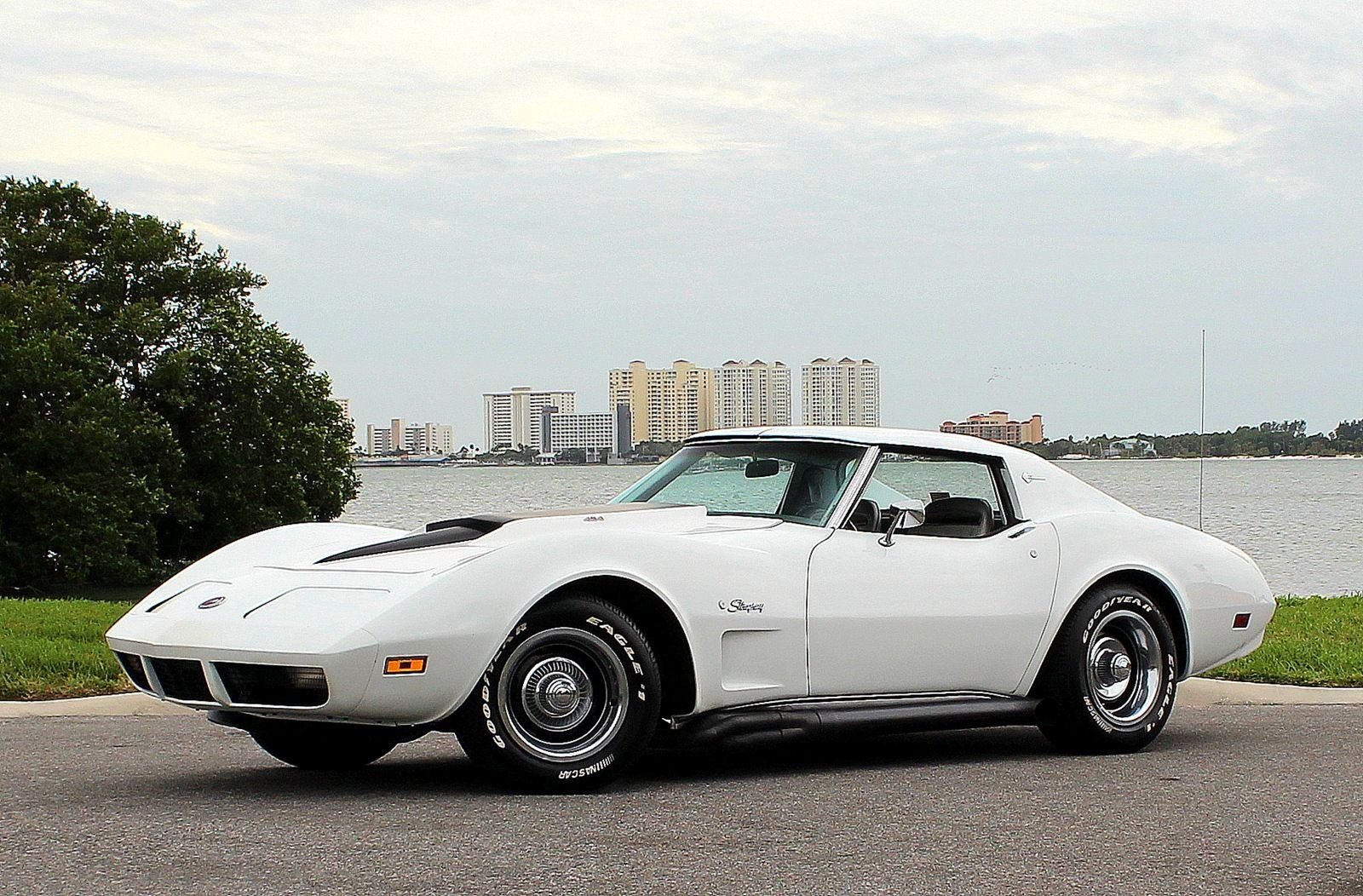
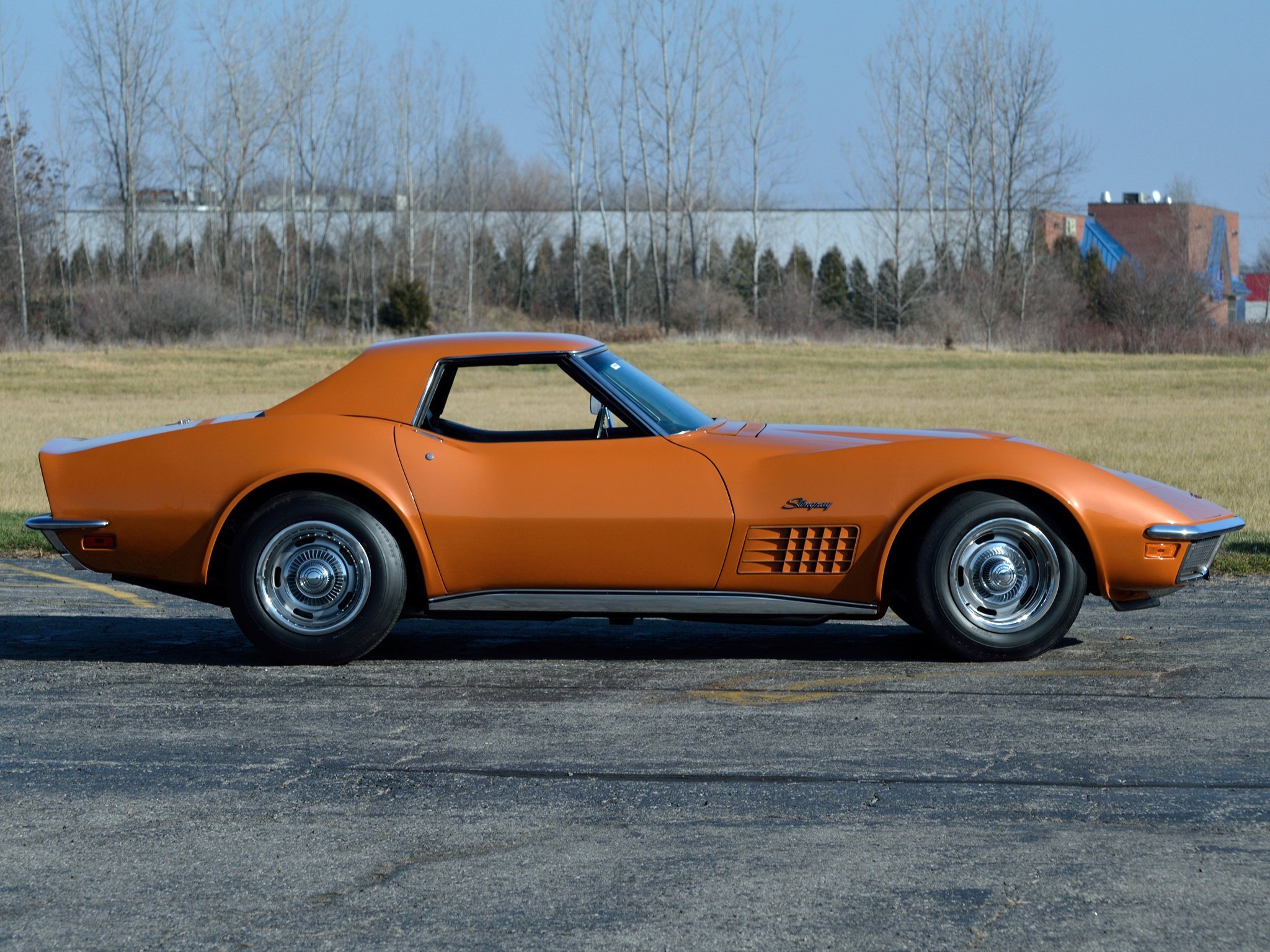
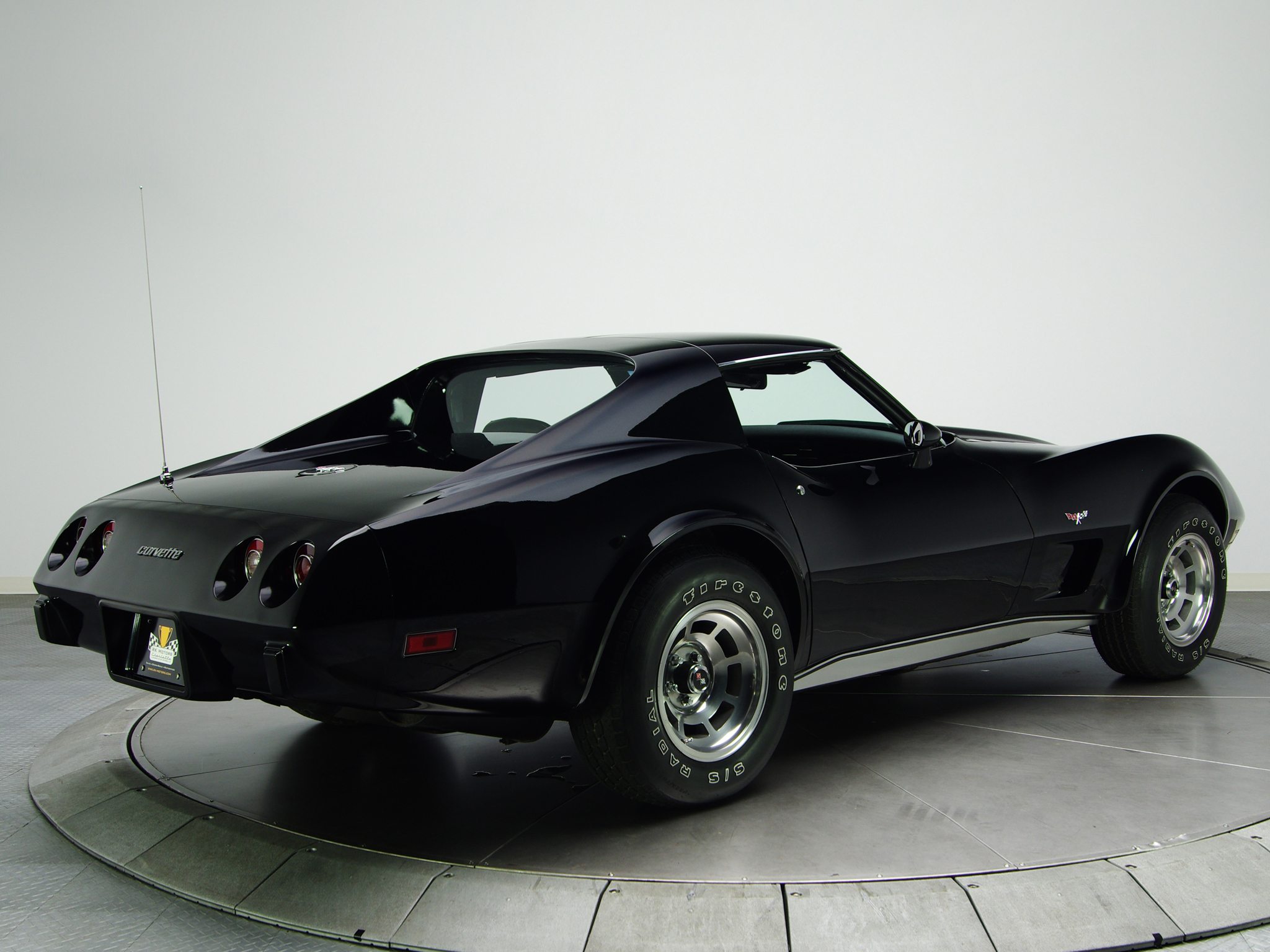
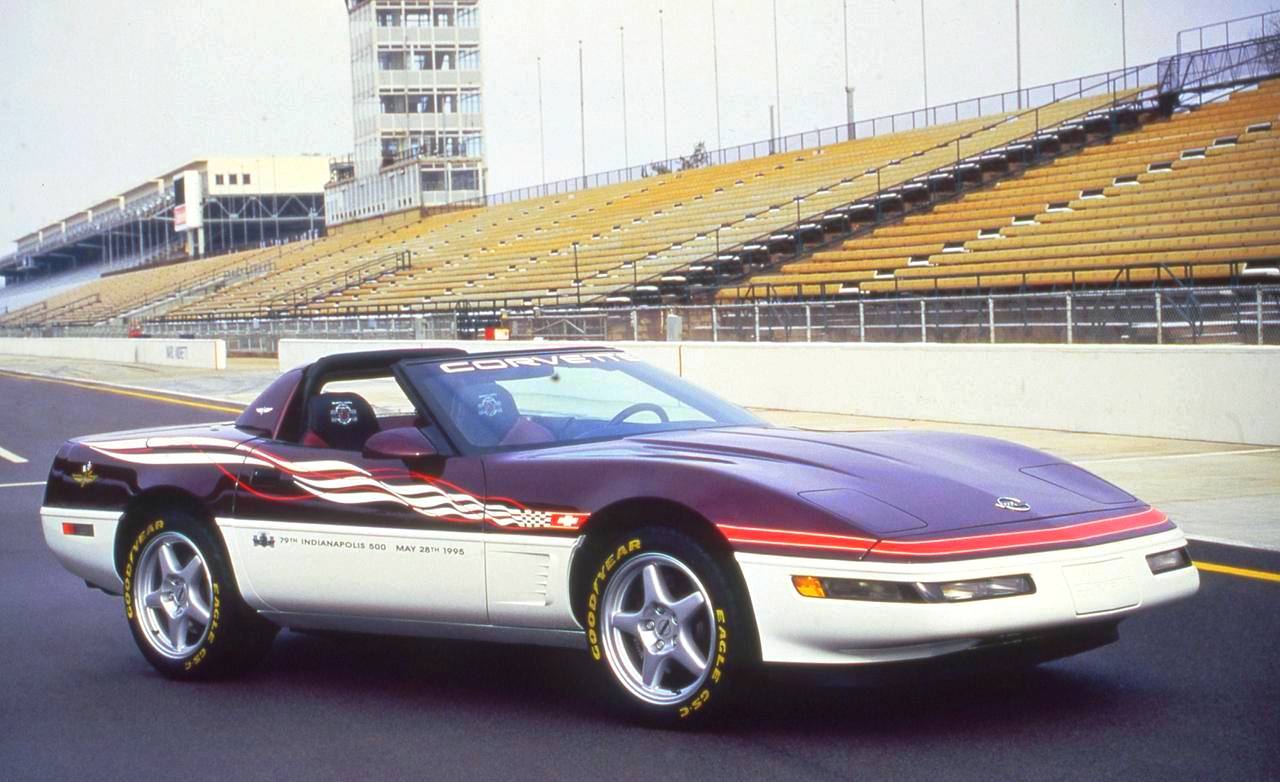
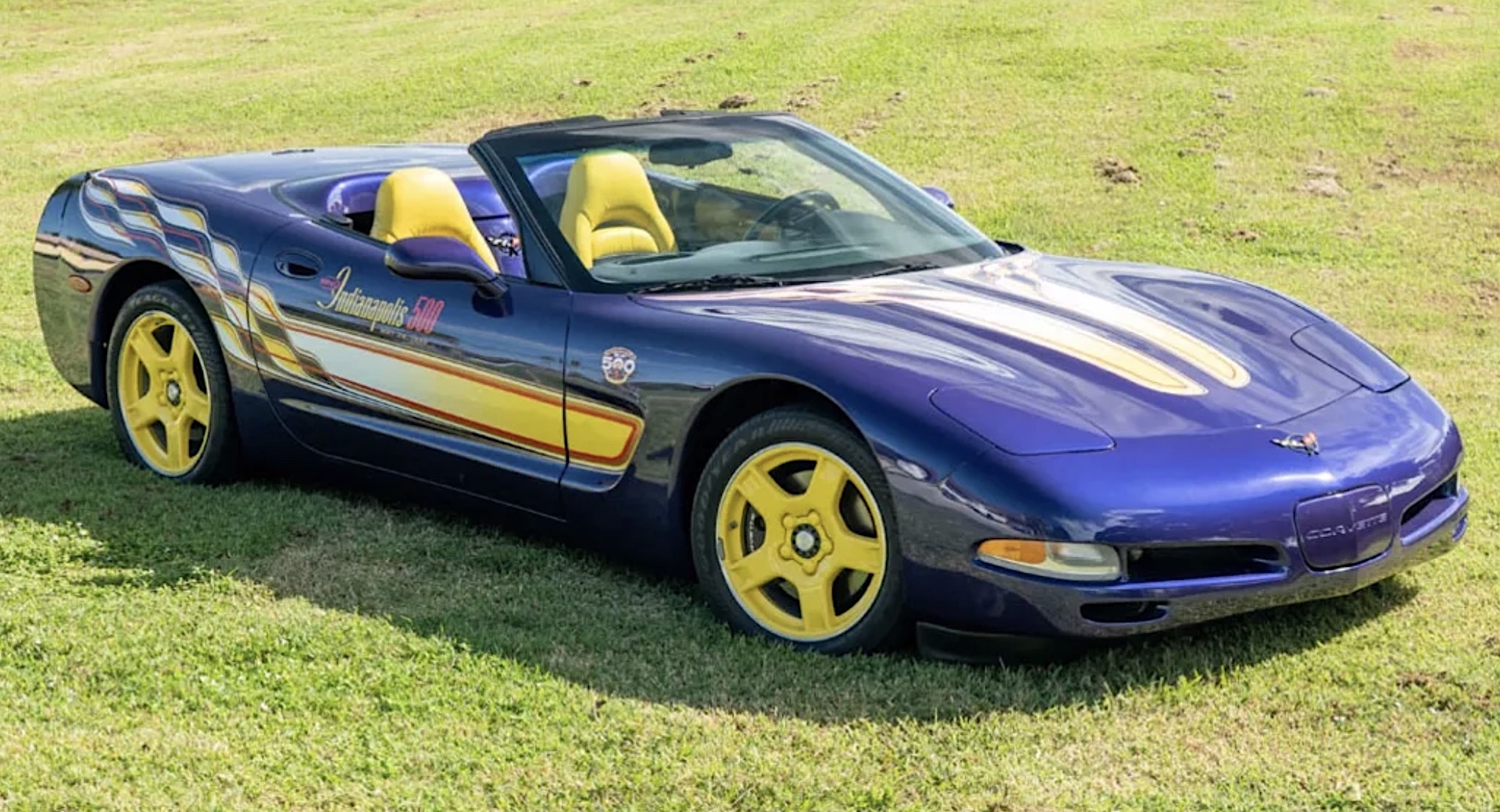
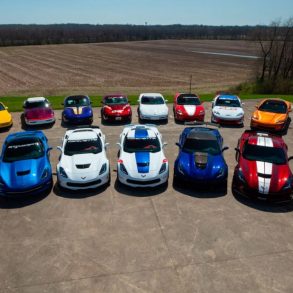
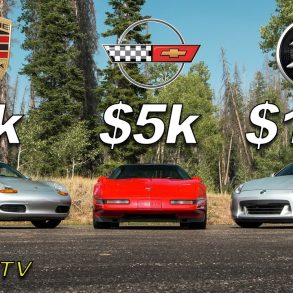
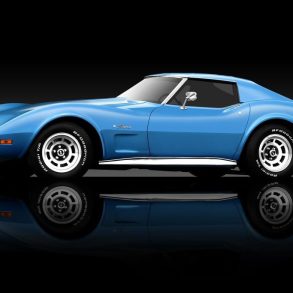
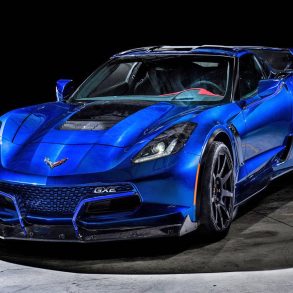
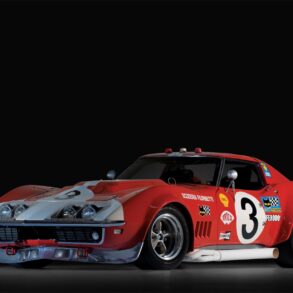
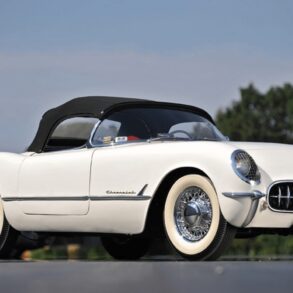
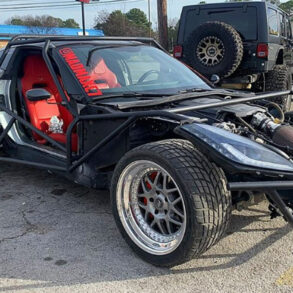
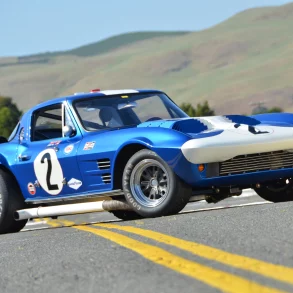

I guess anyone can write anything and post it on the net. This article is so full of crap, I can’t believe it. As a life long Corvette lover, owner of eleven, and past President of the Warren County Corvette Club in Iowa, I call BS.
Of course there are some Corvettes that are better than others, such as a “Base Model” is just that. L48 engines were a product of economic times, reduced horsepower and government regulations. In all cases there was nothing wrong with these cars, and they were all Corvettes. My 98 was one of the most comfortable cars I’ve ever owned, and plenty of horsepower. Go try to buy a 53, 54 Corvette.
I think you misread some parts
Im sitting here thinking the same thing. Im a proud owner of an 85′ and that thing doesn’t have “poor ride characteristics” (Im refering to the 84 model year this guy was talking about). Look at the end of the day its a corvette and its fun as heck!
Sounds like you guys got triggered when your slow boomer-mobile finally got the press it deserves. Just because it has a corvette badge doesn’t mean its a good car. A 4 door camry is faster than most on this list. And if you think a stock 98 has plenty of power, we may just be different people.
I have a 2001 ragtop with 80 k miles. I’ve had ten 74to 81 cars. I enjoyed them all and got many complements on them all. My 01 is the fastest car I’ve ever been in in and I’ve owned a 68 Shelby gt 500kr. Love my car and will never sell it. I’ve owned it for ten years and when it had 46k on it.
Glad my Ruby Red 40th Anniversary didn’t make the list. It’s my fourth, a 59, a 73 Blown
355, 4speed (unreal), a 89 Coupe and the 40th. Took it on a thousand mile trip to the
Indy US Nationals, did great, was asked questions where ever we stopped.
This list is a bit of a joke. Yes, many that deserve to be here are, however many that should be here are not and some should be taken off. For example any 1974 – 1979 Corvette should be on this list, except for the Silver anniversary edition and Indianapolis Pace Car Models. Anything prior to 1973, outside of the 1953, 53 should make the list. The California 305’s should make the list and any model year that didn’t offer a MANUAL transmission. The ’82 Collector Edition” should not be included on the list. The ’88 Commemorative edition I can agree upon, but I do not know much about the Callaway, so I would take that off the list. I might include the ’58, but it would be closer to #15 than #5 on the list. As far as the 1984, I’d have to disagree. The 1984 model won Car of the year honors. You might include the base model, however the 1984 Z51 model was the first Corvette to turn 1G on the skidpad with “factory” tires. It was also the first American sports car to kick butt over European Sports cars. I have a 1984 Z51 model with a Doug Nash 4+3 Manual / Overdrive transmission. I have over 365k miles on her, and she still kicks butt in autocross competitions. I routinely beat later model C4’s LT1’s, C5’s and C6’s in low speed events. Handling is beyond imagination, it’s only negative is the horsepower output keeps it from winning at high speed events. Oh, and there has never been a “repair issue” or tuning issue with the Crossfire intake system, it just flows too little. Fortunately us CFI users have found ways to improve the design, without changing the original looking set up.
Well, some should be left off. The Callaway is very desirable among collectors. The ’84 was Motor Trends Car of the Year – the ’84 Z51 Model w/Manual is a supreme track car – mine has over 365k on it (no longer a daily driver), Any C3 from 1974 – 1979 should be on the list except the 1978 “Silver Anniversary and Pace Car” editions and the ’82 Collector Edition. Any “California 305” Vette should be on the list. All Pace cars should not be on the list. I know too many that prize these models. My ’84 “stock” ran 14.66 – 14.8 in the quarter mile.
Obviously you have to understand what someone is trying to achieve before you can be critical of it. The 98 Pace Car was designed to be an in your face attention getter. They were successful in their design. While not the average corvette owner’s cup of tea it is a cool looking car in person.
I own one it is amazing and I get compliments on it every time I drive it!
Worst what…this is pointless, in each year especially the two early models there’s no car like them to get labeled’worst’ and throughout the whole line up you couldn’t buy a car like the Corvette unless you paid three times the amount. No way!
The story here is eerily similar to this one on Edmunds that can be found here:
https://www.edmunds.com/car-reviews/features/top-10-worst-corvettes-of-all-time.html
By the way, not sure what defines worst but to me, cosmetic items like color, amount of chrome, etc do not make for a bad vehicle. I’d take any of the Corvettes in these articles at any time.
Funny, I made the same comment but got moderated. It’s plagiarism from someone who knows nothing about Corvettes.
The author of this article basically plagiarized an equally stupid article from Edmunds written many years ago by someone equally as clueless. Who publishes trash like this?
https://www.edmunds.com/car-reviews/features/top-10-worst-corvettes-of-all-time.html
When you start the article saying the 53 is the worst, you lost all credibility. Probably considered one of the holy grails next to the 63 split window . After that, everything else written meant nothing.
I loved driving my black ’76 Vette in Colorado, where I was living at the time. It looked like the ’77 C3, above, and boy did I get looks when driving thru Nebraska on my way back to visit my hometown in Iowa! AND, believe it or not, it was great on snow! I’d probably still have it if not for having had 4 cats when I moved back to Iowa…couldn’t imagine having to move 4 cats all that ways in a Vette, so I sold it and got a Toyota 4-Runner, instead…or, as I called it…a Furr-Runner, which I also liked quite a bit!
This article is pure trash. A 53 is on the list and a 58? Come on man. Also a 74, that’s rare in that it’s the last big block! I have a really nice 77 black/black L-82 w 4sp car with almost every option. These are really nice looking cars! This guy has something against Vette’s.
Believe it or not, the 63 Vette was Zora Duntov’s night mare and boy did he hate it and has made many of a list as the worse design of all time to include an intense, Corvette mistake year by a legit Corvette magazine who doesn’t go by bandwagon internet results and by the father of the Corvette himself. Josh your opinion is just your opinion, stick to fishing and hunting and leave Corvettes to a professional. I really think that you are clueless.
I owned a 69 with a 350/350 and loved it. It always started and ran great. I Had to change the brakes a few times but other than that it was a solid car.
I have a ’79 full fiberglass with seemless spoiler custom with tuned suspension, 440hp stroker and full exhaust. Minus a new C8, my car is the magnet at shows.
I don’t know that much about corvettes but I just purchased a 1978 pace car with a little over 1600 miles on it. Has the L82 engine, 220 HP. I think they are one of the best looking corvettes and I wasn’t looking for tons of HP. They are an eye catcher and one of the best color schemes they ever came up with. But like any make they come out with there will be screw up on body style and on HP!